 This photo has been on my mind ever since I took it in Perth, at the Natural History Museum there. The stuffed wild animals fascinate and horrify simultaneously. Proof of terrible liberties we've taken with the natural world...
This photo has been on my mind ever since I took it in Perth, at the Natural History Museum there. The stuffed wild animals fascinate and horrify simultaneously. Proof of terrible liberties we've taken with the natural world...Because of the interplay of glass reflections, the animals look as though they are vanishing or fading away. I study the images - on the verge of figuring out a new series. It would be titled something like vanishing act, or vanishing wilderness...I am still pondering exactly the right title and also the best way to use the images. So different from what I usually do, but very exciting and full of potential.
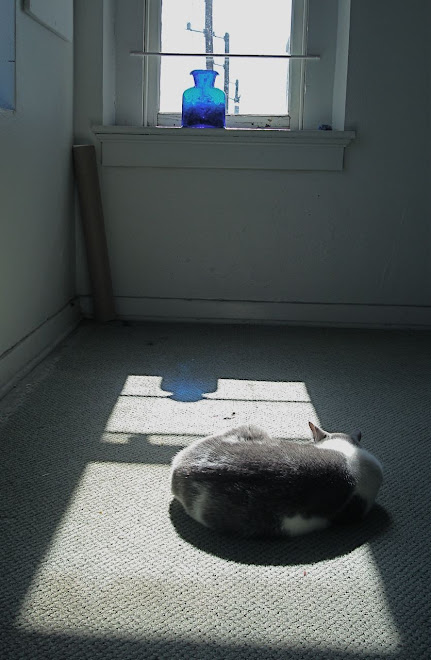
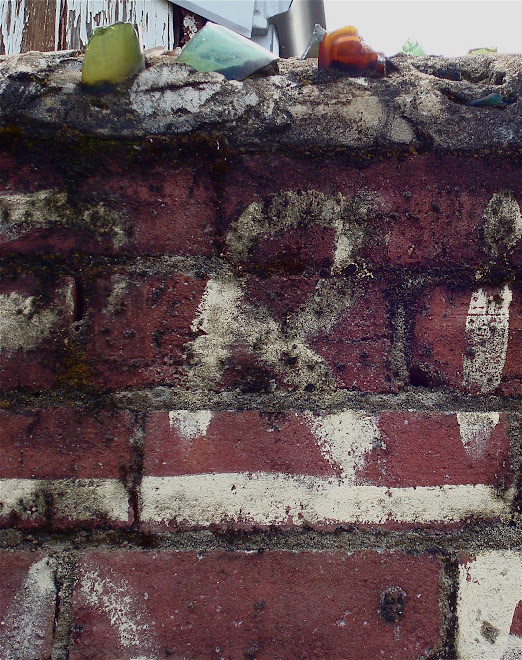
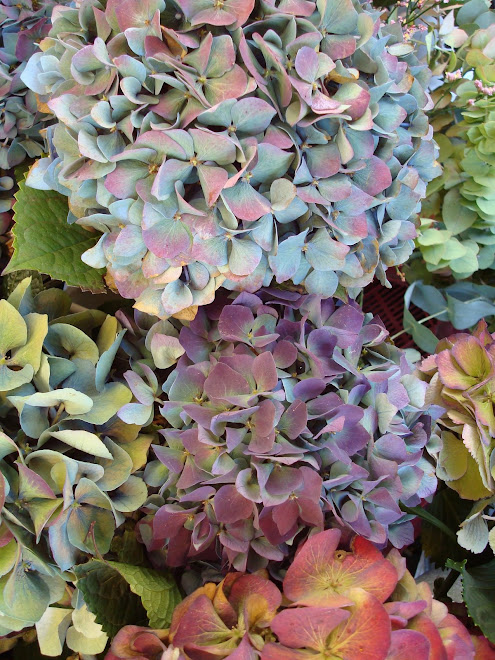
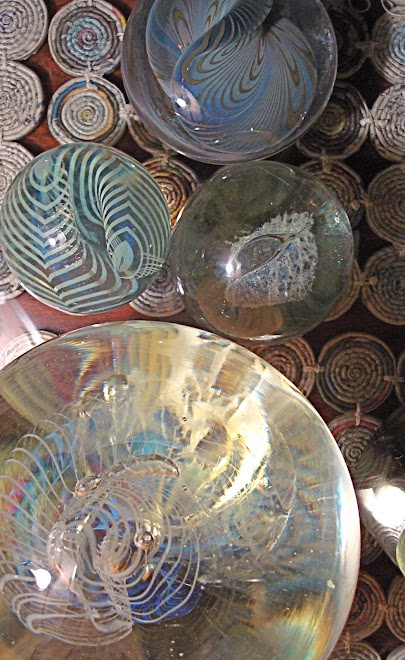
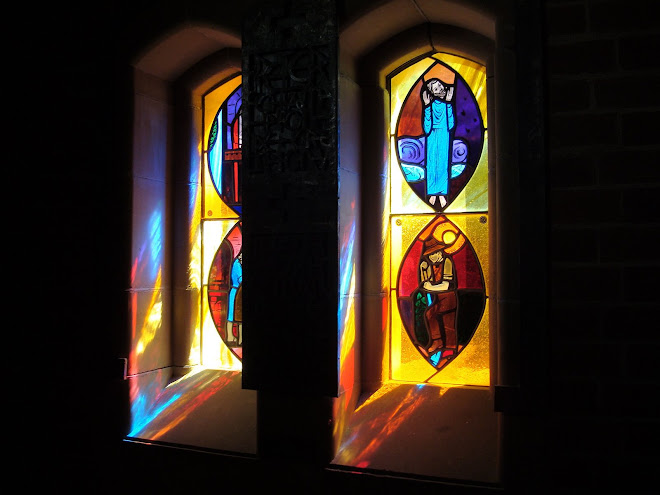







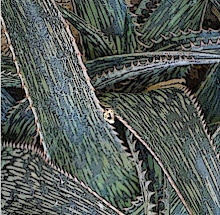
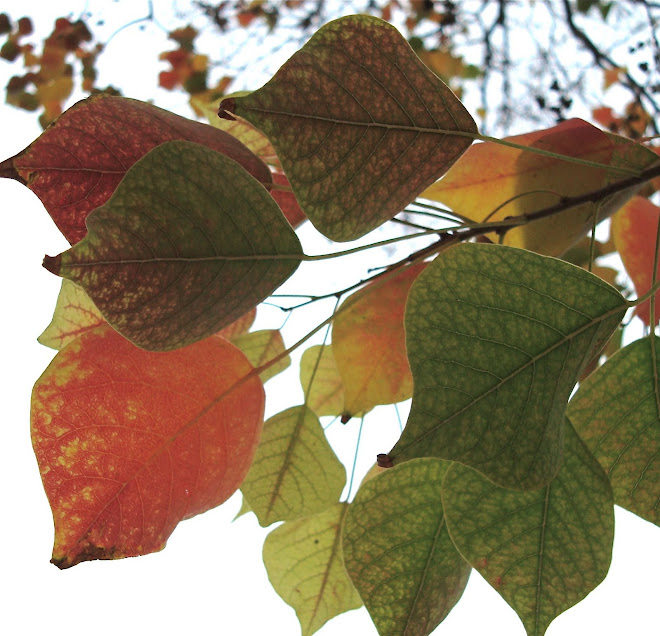
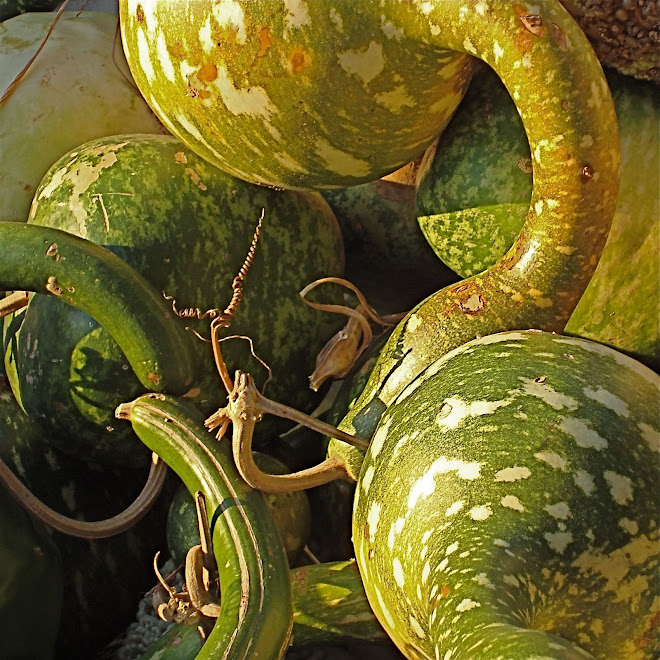
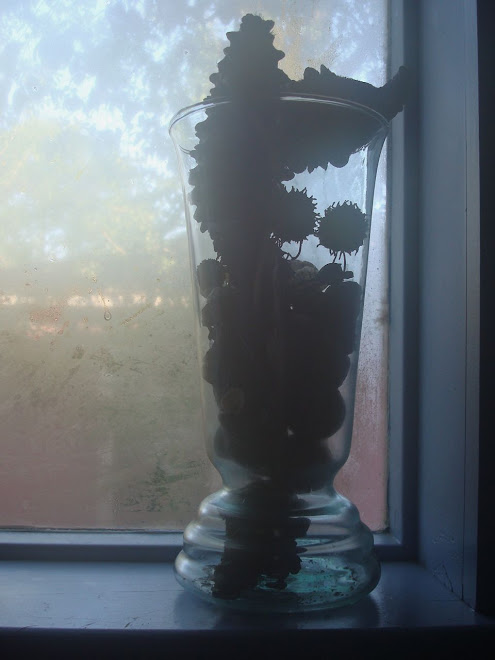
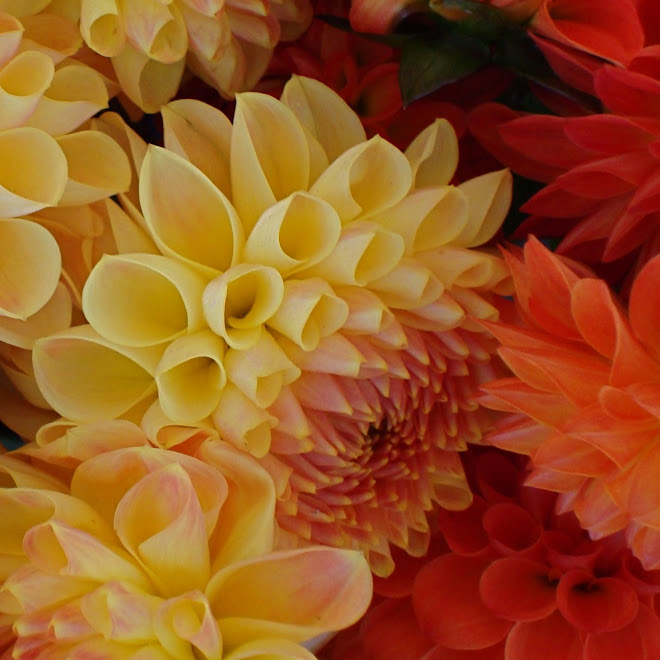
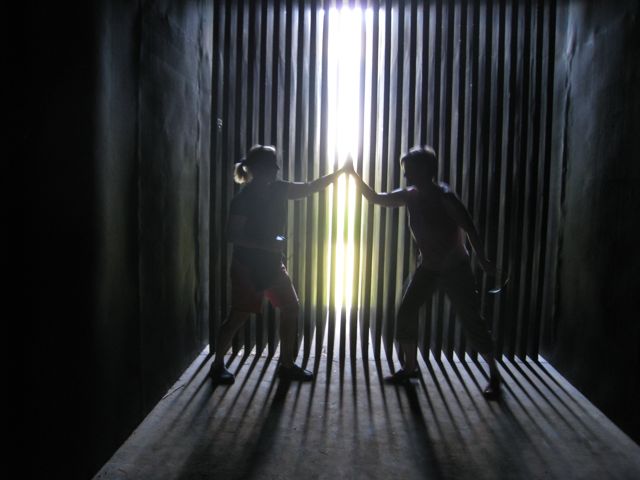
2 comments:
You might also check out Richard Ross's photography here: http://www.richardross.net/popup_frame.aspx?menu=image&name=museology&categoryID=6
I saw an image from his series, Museology, in Life magazine back in the 80s, of a rhino in a glass case in the corner of a deserted museum space, and it haunted me for years. He took a lot of the images in the book in the Museum National D'Histoire Naturelle in Paris in the early 80s. It had been locked up for years, and has only recently been reopened and remodelled.
Anyway, the images captured for me the desolation I always felt in those spaces, where "life" is so static, so dusty and dead, but posed to look alive.
Your Perth photo strikes me the same way. Haunting.
Maybe it is late after a very long day, but when I looked at this picture (without reading) I was struck by how the tiger appeared to be arriving to the scene from some other place/time. The reflections made the back of the tiger look ethereal. But, after reading I liked your interpretation of vanishing, too. Perhaps the tiger is being 'swallowed' up...
Post a Comment